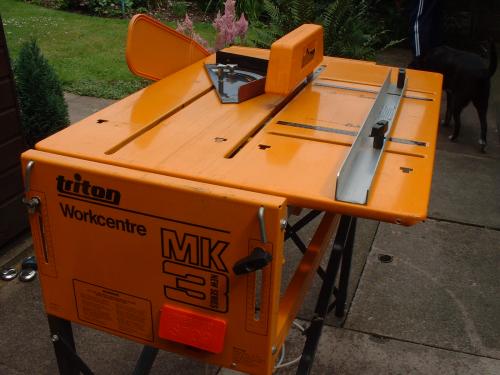
Because the use of tools is what sets humans apart from the animals (except animals that use tools).

Back in the 80’s in Australia, a Triton Workcentre in your shed/garage was proof that you were a serious handyman, like a DIY badge of honour. Sure if you took it to a real worksite or cabinetmakers you would be labeled a weekend warrior, but many a house, verandah, automobile has been built, renovated or repaired thanks to the ‘Trusty Triton‘.
Inherited from his Father in Law, the Triton was Happy in Motion’s reliable carpentry companion until he lost the locking pins. Purchasing a pair was totally impossible so he modeled himself up a couple in Solidworks, 3D printed them in Stainless Steel and he was back to work.
Of course no sooner had Happyinmotion repaired his Triton he found the old pins in a dusty box…
“Anyway, at least I now know that other people can replace their locking
pins, should they do a better job of loosing their parts.”



Of course any serious handyman would have made such a simple item from stainless rod and roll pins laying around his garage.
But how would you do the raised parts on each side, short of welding?
Sure this design is simple, but the post shows us how it’s now possible to replicate almost any metal item, no matter how intricate!
I’m impressed.